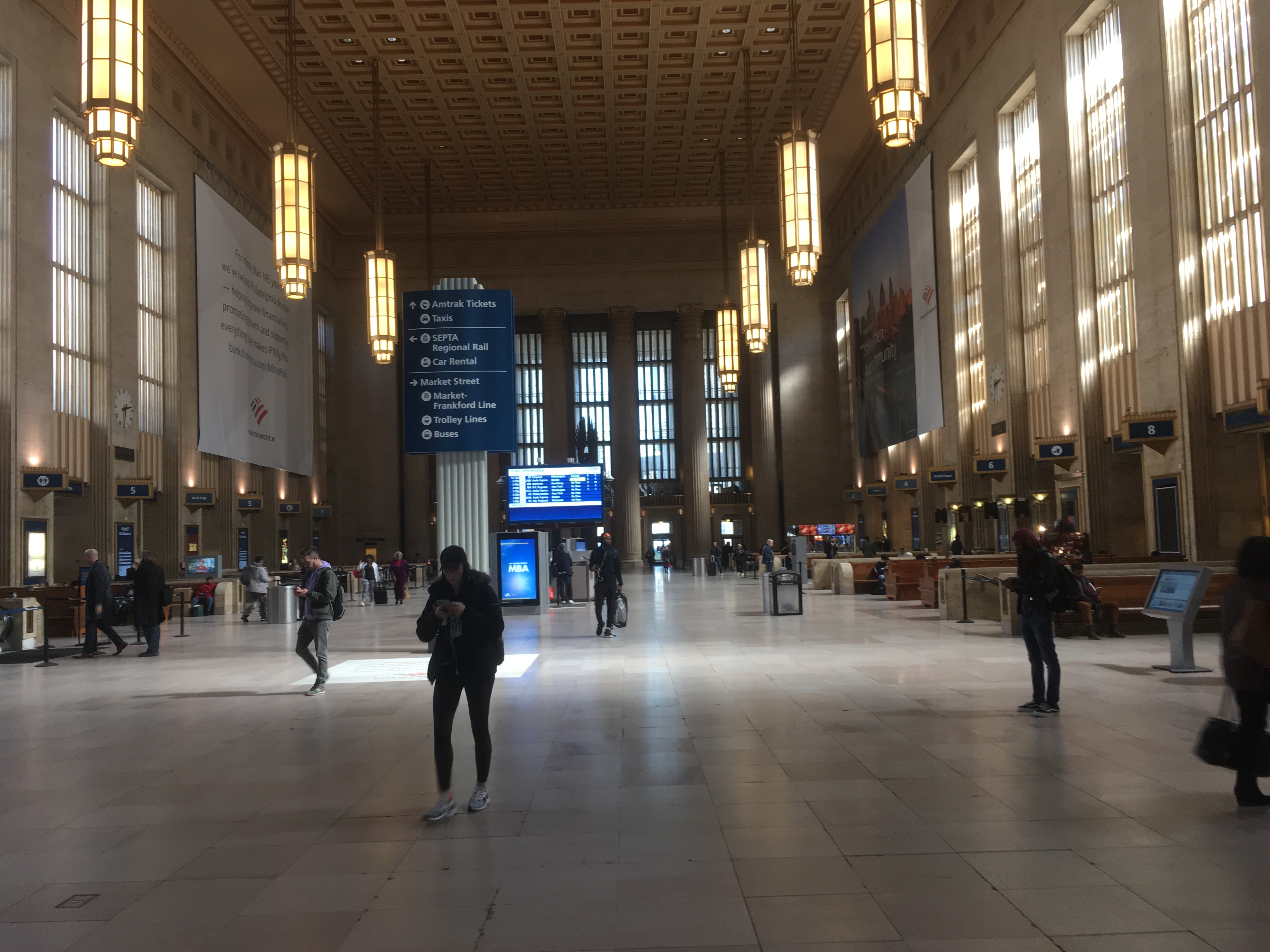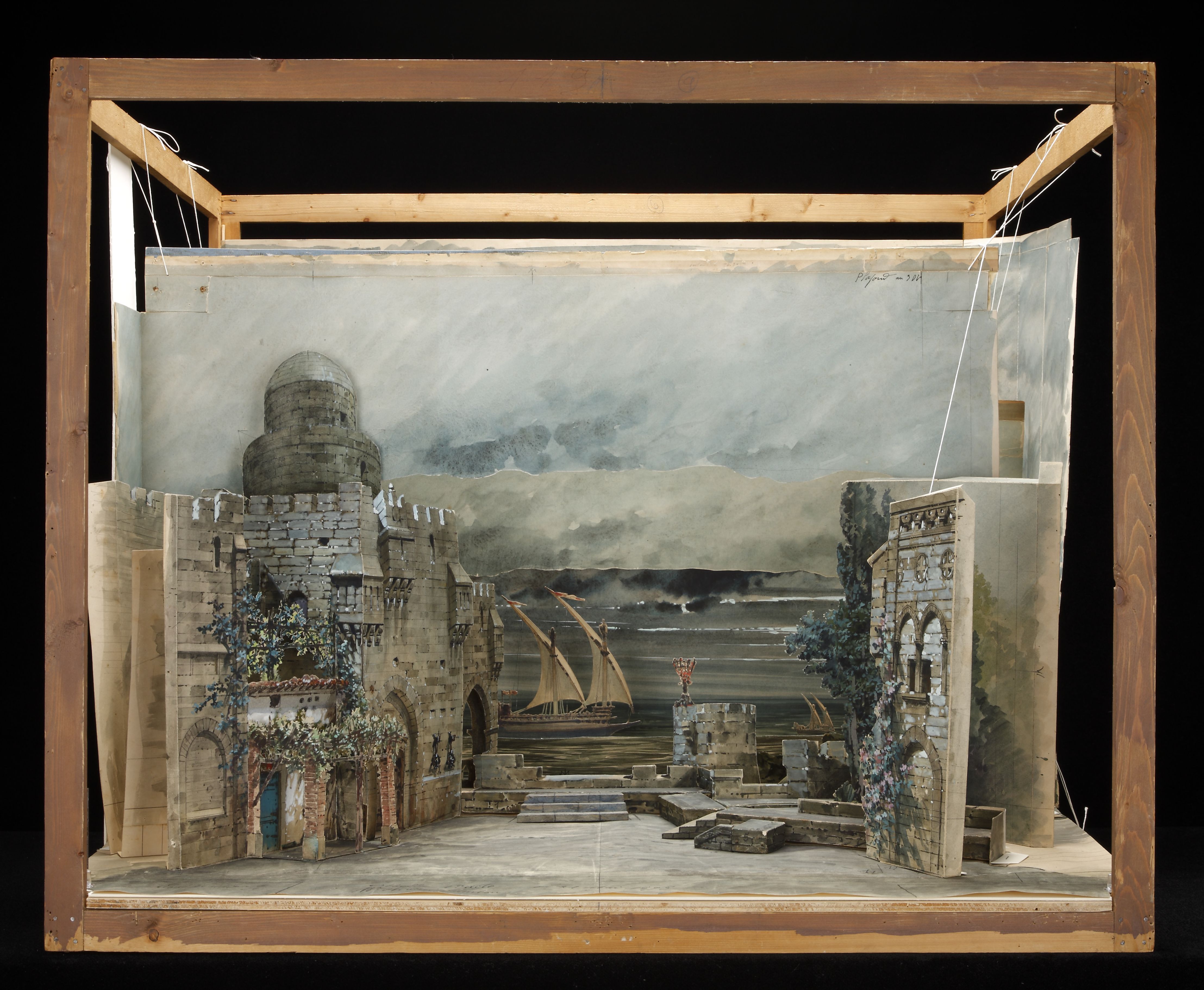|
Budapest University Of Art And Design
The Moholy-Nagy University of Art and Design ( Hungarian: Moholy-Nagy Művészeti Egyetem , MOME), former Hungarian University of Arts and Design, is located in Budapest, Hungary. Named after László Moholy-Nagy, the university offers programs in art, architecture, designer and visual communication. History The predecessor of the Moholy-Nagy University of Art and Design, the Hungarian Royal National School of Arts and Crafts, was founded in 1880 and operated under this name until 1944. Like other European Art Colleges, it evolved from a handicraft industry school, the Model Drawing School. Its founder and first director, Gusztáv Kelety declared the ‘educational support of a more artistic wood and furniture industry’ the aim of the new institution. The spirit of the school was fundamentally influenced by the Arts and Crafts Movement of Britain, as well as by Hungarian folklore. At first there was only one department, in which architectural drawing and design were taught. ... [...More Info...] [...Related Items...] OR: [Wikipedia] [Google] [Baidu] |
Budapest
Budapest is the Capital city, capital and List of cities and towns of Hungary, most populous city of Hungary. It is the List of cities in the European Union by population within city limits, tenth-largest city in the European Union by population within city limits and the List of cities and towns on the river Danube, second-largest city on the river Danube. The estimated population of the city in 2025 is 1,782,240. This includes the city's population and surrounding suburban areas, over a land area of about . Budapest, which is both a List of cities and towns of Hungary, city and Counties of Hungary, municipality, forms the centre of the Budapest metropolitan area, which has an area of and a population of 3,019,479. It is a primate city, constituting 33% of the population of Hungary. The history of Budapest began when an early Celts, Celtic settlement transformed into the Ancient Rome, Roman town of Aquincum, the capital of Pannonia Inferior, Lower Pannonia. The Hungarian p ... [...More Info...] [...Related Items...] OR: [Wikipedia] [Google] [Baidu] |
Lacework
Lace is a delicate fabric made of yarn or thread in an open weblike pattern, made by machine or by hand. Generally, lace is split into two main categories, needlelace and bobbin lace, although there are other types of lace, such as knitted or crocheted lace. Other laces such as these are considered as a category of their specific craft. Knitted lace, therefore, is an example of knitting. This article considers both needle lace and bobbin lace. While some experts say both needle lace and bobbin lace began in Italy in the late 1500s, there are some questions regarding its origins. Originally linen, silk, gold, or silver threads were used. Now lace is often made with cotton thread, although linen and silk threads are still available. Manufactured lace may be made of synthetic fiber. A few modern artists make lace with a fine copper or silver wire instead of thread. Etymology The word lace is from Middle English, from Old French ''las'', noose, string, from Vulgar Latin">-4; w ... [...More Info...] [...Related Items...] OR: [Wikipedia] [Google] [Baidu] |
István Gergely
István Gergely (; born 20 August 1976 in Dunajská Streda, Czechoslovakia) is a Slovak– Hungarian water polo player. He was a member of the gold medal-winning Hungary national team at the 2004 and 2008 Olympics. He also represented Slovakia national team at the 2000 Olympics. Honours National * Olympic Games: ** gold medal – 2004, 2008 * World Championships: ** gold medal – 2003 ** silver medal – 2005 * FINA World League: ** gold medal – 2003, 2004 ** silver medal – 2005 Club * Euroleague champion: 2004 ( Budapesti Honvéd SE) * LEN Super Cup winner: 2004 (Budapesti Honvéd SE) * Hungarian championship ( OB I): 2003, 2004, 2005, 2006 (Budapesti Honvéd SE) * Hungarian Cup ( Magyar Kupa): 2006, 2010 (Budapesti Honvéd SE) Awards * Member of the Hungarian team of the year: 2003, 2004, 2008 ;Orders * Officer's Cross of the Order of Merit of the Republic of Hungary (2004) * Commander's Cross of the Order of Merit of the Republic of Hungary (200 ... [...More Info...] [...Related Items...] OR: [Wikipedia] [Google] [Baidu] |
Applied Art
The applied arts are all the arts that apply design and decoration to everyday and essentially practical objects in order to make them aesthetically pleasing."Applied art" in ''The Oxford Dictionary of Art''. Online edition. Oxford University Press, 2004. www.oxfordreference.com. Retrieved 23 November 2013. The term is used in distinction to the fine arts, which are those that produce objects with no practical use, whose only purpose is to be beautiful or stimulate the intellect in some way. In practice, the two often overlap. Applied arts largely overlap with decorative arts, and the modern making of applied art is usually called design. Examples of applied arts are: * Industrial design – mass-produced objects. * Sculpture – also counted as a fine art. * Architecture – also counted as a fine art. * Crafts – also counted as a fine art. * Culinary Arts * Ceramic art * Automotive design * Fashion design * Calligraphy * Interior design * Graphic design * Car ... [...More Info...] [...Related Items...] OR: [Wikipedia] [Google] [Baidu] |
Industrial Design
Industrial design is a process of design applied to physical Product (business), products that are to be manufactured by mass production. It is the creative act of determining and defining a product's form and features, which takes place in advance of the manufacture or production of the product. Industrial manufacture consists of predetermined, standardized and repeated, often automated, acts of replication, while craft-based design is a process or approach in which the form of the product is determined personally by the product's creator largely concurrent with the act of its production. All manufactured products are the result of a design process, but the nature of this process can vary. It can be conducted by an individual or a team, and such a team could include people with varied expertise (e.g. designers, engineers, business experts, etc.). It can emphasize intuitive creativity or calculated Evidence-based design, scientific decision-making, and often emphasizes a mix of b ... [...More Info...] [...Related Items...] OR: [Wikipedia] [Google] [Baidu] |
Textile Design
Textile design, also known as textile geometry, is the creative and technical process by which thread or yarn fibers are interlaced to form a piece of Textile, cloth or Textile, fabric, which is subsequently printed upon or otherwise adorned. Textile design is further broken down into three major disciplines: printed textile design, woven textile design, and mixed media textile design. Each uses different methods to produce a fabric for variable uses and markets. Textile design as an industry is involved in other disciplines such as fashion, interior design, and fine arts. Overview Articles produced using textile design include clothing, carpets, Drapery, drapes, and towels. Textile design requires an understanding of the technical aspects of textile manufacturing, the production process, as well as the properties of numerous fibers, yarns, and dyes. Textile design disciplines Printed textile design Printed textile designs are created by using various printing techniques on ... [...More Info...] [...Related Items...] OR: [Wikipedia] [Google] [Baidu] |
Interior Decoration
Interior design is the art and science of enhancing the interior of a building to achieve a healthier and more aesthetically pleasing environment for the people using the space. With a keen eye for detail and a creative flair, an interior designer is someone who plans, researches, coordinates, and manages such enhancement projects. Interior design is a multifaceted profession that includes conceptual development, space planning, site inspections, programming, research, communicating with the stakeholders of a project, construction management, and execution of the design. History and current terms In the past, interiors were put together instinctively as a part of the process of building.Pile, J., 2003, Interior Design, 3rd edn, Pearson, New Jersey, USA The profession of interior design has been a consequence of the development of society and the complex architecture that has resulted from the development of industrial processes. The pursuit of effective use of space, user ... [...More Info...] [...Related Items...] OR: [Wikipedia] [Google] [Baidu] |
Theatrical Scenery
Theatrical scenery is that which is used as a setting for a theatrical production. Scenery may be just about anything, from a single chair to an elaborately re-created street, no matter how large or how small, whether the item was custom-made or is the genuine item, appropriated for theatrical use. History The history of theatrical scenery is as old as the theatre itself, and just as obtuse and tradition bound. What we tend to think of as 'traditional scenery', i.e. two-dimensional canvas-covered ' flats' painted to resemble a three-dimensional surface or vista, is a relatively recent innovation and a significant departure from the more ancient forms of theatrical expression, which tended to rely less on the actual representation of space and more on the conveyance of action and mood. By the Shakespearean era, the occasional painted backdrop or theatrical prop was in evidence, but the show itself was written so as not to rely on such items to convey itself to the audience. Howev ... [...More Info...] [...Related Items...] OR: [Wikipedia] [Google] [Baidu] |
International Committee Of The Red Cross
The International Committee of the Red Cross (ICRC) is a humanitarian organization based in Geneva, Switzerland, and is a three-time Nobel Prize laureate. The organization has played an instrumental role in the development of rules of war and promoting humanitarian norms. State parties (signatories) to the Geneva Convention of 1949 and its Additional Protocols of 1977 ( Protocol I, Protocol II) and 2005 have given the ICRC a mandate to protect victims of international and internal armed conflicts. Such victims include war wounded persons, prisoners, refugees, civilians, and other non-combatants. The ICRC is part of the International Red Cross and Red Crescent Movement, along with the International Federation of Red Cross and Red Crescent Societies (IFRC) and 191 National Societies. It is the oldest and most honoured organization within the movement and one of the most widely recognized organizations in the world, having won three Nobel Peace Prizes (in 1917, 1944, and 19 ... [...More Info...] [...Related Items...] OR: [Wikipedia] [Google] [Baidu] |
World War II
World War II or the Second World War (1 September 1939 – 2 September 1945) was a World war, global conflict between two coalitions: the Allies of World War II, Allies and the Axis powers. World War II by country, Nearly all of the world's countries participated, with many nations mobilising all resources in pursuit of total war. Tanks in World War II, Tanks and Air warfare of World War II, aircraft played major roles, enabling the strategic bombing of cities and delivery of the Atomic bombings of Hiroshima and Nagasaki, first and only nuclear weapons ever used in war. World War II is the List of wars by death toll, deadliest conflict in history, causing World War II casualties, the death of 70 to 85 million people, more than half of whom were civilians. Millions died in genocides, including the Holocaust, and by massacres, starvation, and disease. After the Allied victory, Allied-occupied Germany, Germany, Allied-occupied Austria, Austria, Occupation of Japan, Japan, a ... [...More Info...] [...Related Items...] OR: [Wikipedia] [Google] [Baidu] |





